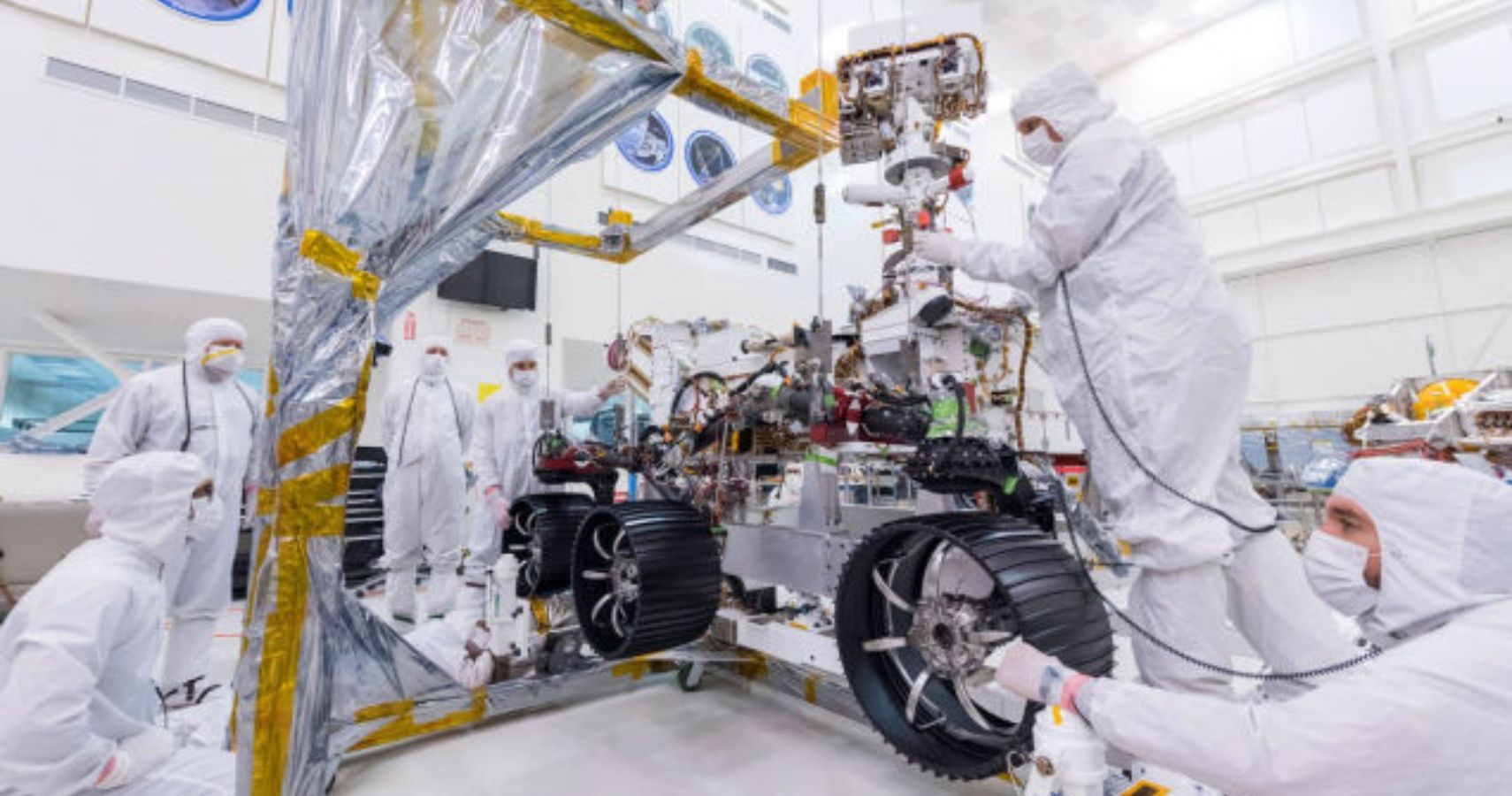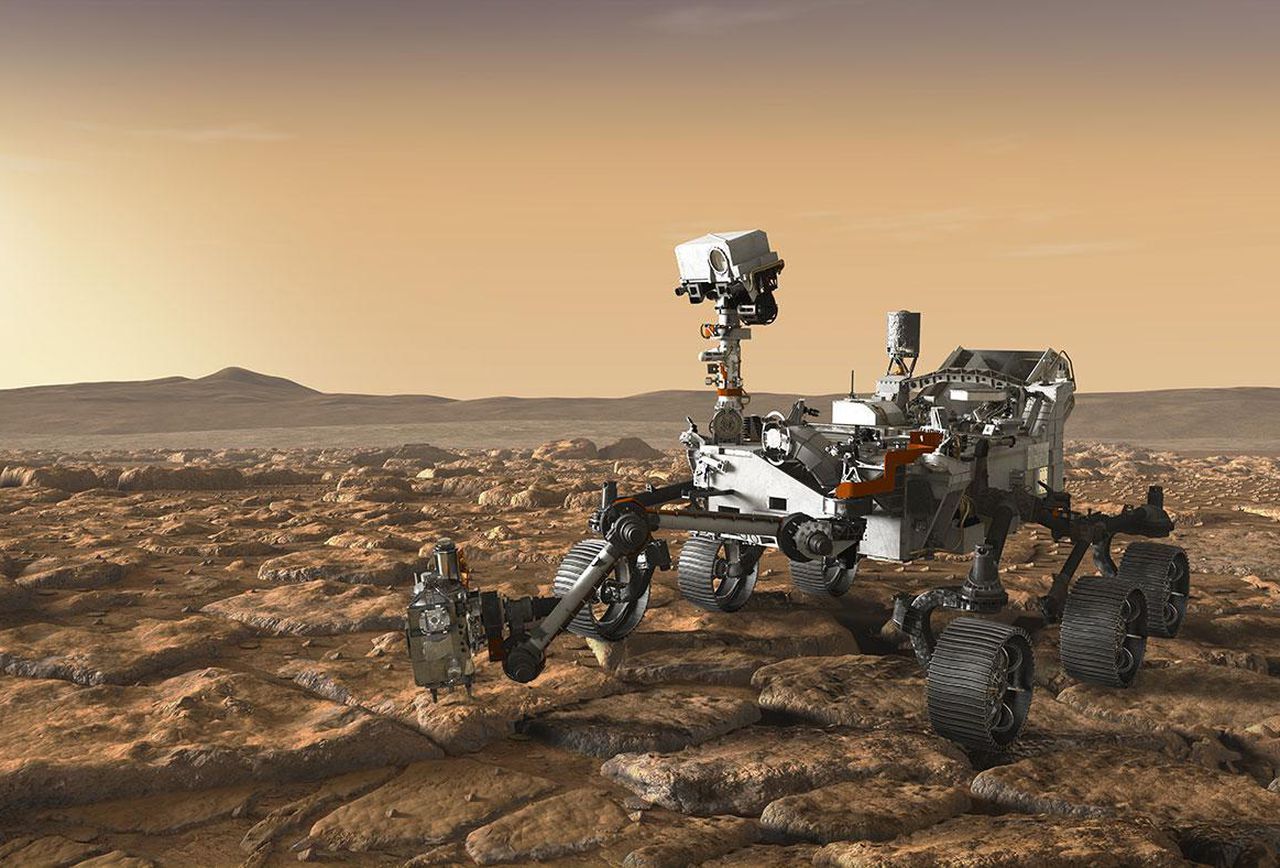With under a year left to go before NASA launches its Mars 2020 Mission, they're making their 2020 Rover look like a Rover.
According to a press release from the agency themselves, a suspension system and six wheels have been added to what used to be a huge chunk of metal and wires.
NASA plans to visit the Red Planet on February 18, 2020, with the Rover to search for evidence of past microbial life, collect rock and surface samples and prepare the groundwork for a human mission to Mars.
There's a July 17-August 5 2020 window for the launch from Cape Canaveral, which isn't very far from now. And the team has achieved quite the feat, with engineers at the Jet propulsion Laboratory in Pasadena installing the aforementioned.
"Now that's a Mars rover," Mars 2020 assembly, test, and launch operations manager at JPL, David Gruel said. "With the suspension on, not only does it look like a rover, but we have almost all our big-ticket items for integration in our rearview mirror — if our rover had one."
"Made of aluminum, each of the six wheels (each 20.7 inches, or 52.5 centimeters, in diameter) features 48 grousers, or cleats, machined into its surface to provide excellent traction both in soft sand and on hard rocks. Every wheel has its own motor. The two front and two rear wheels also have individual steering motors that enable the vehicle to turn a full 360 degrees in place.
"When driving over uneven terrain, the suspension system — called a "rocker-bogie" system due to its multiple pivot points and struts — maintains a relatively constant weight on each wheel and minimizes rover tilt for stability. Rover drivers avoid terrain that would cause a tilt of more than 30 degrees, but even so, the rover can withstand a 45-degree tilt in any direction without tipping over. With its suspension, the rover can also roll over rocks and other obstacles as well as through depressions the size of its wheels.
Preparations for the mission are moving speedily ahead. The engineers are expected to cover some more ground over the next several weeks by adding robotic arms, a mast-mounted camera and the Sample Caching System (SCS), which houses 17 motors.
The SCS is designed to collect rock and dirt samples, place them into sealed containers, and drop them onto the surface. Another mission will see to the retrieval of said samples, which will be delivered to Earth for analysis.
The current wheels, though, are only stand-ins and they will be swapped for the real flight versions ahead of the mission.


